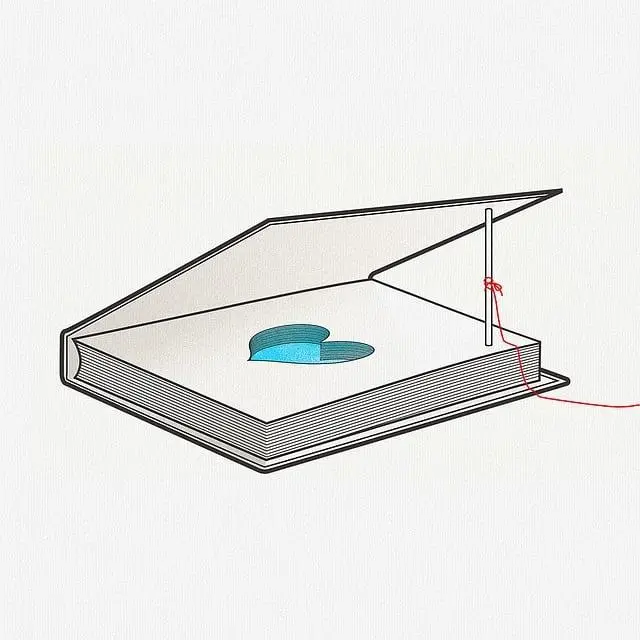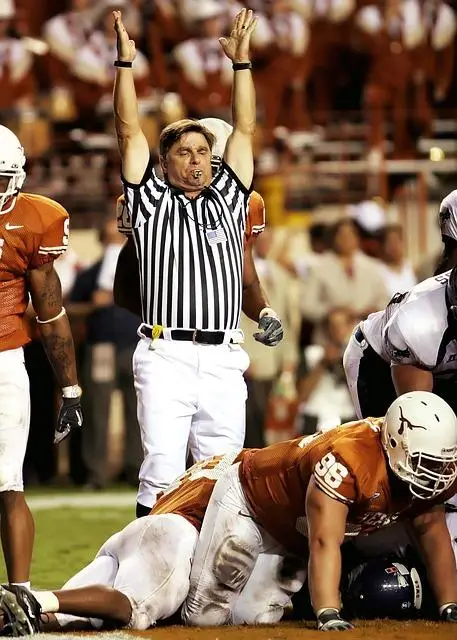Discover the essential rules of youth soccer! From offsides to throw-ins, learn the basics to excel on the field.
Understanding the Field and Positions
When it comes to youth soccer, understanding the various field and positions is crucial for players to excel in the game. The soccer field is typically rectangular in shape with two goals at either end. Each team consists of 11 players on the field, including a goalkeeper who is responsible for protecting the goal. The field is divided into sections such as the penalty box, midfield, and the goal area, each playing a specific role in gameplay.
Players are assigned different positions on the field based on their skills and strengths. Some common positions in soccer include:
- Forward: Players who are skilled at scoring goals and attacking the opponent’s goal.
- Midfielder: Players who control the flow of the game, assisting both the defense and offense.
- Defender: Players who focus on protecting the team’s goal and preventing the opponent from scoring.
- Goalkeeper: The last line of defense, responsible for stopping shots on goal and initiating plays for their team.

Importance of Teamwork and Communication
Teamwork and communication are essential components of success in youth soccer. By working together as a team, players can effectively collaborate and strategize to achieve their goals on the field. Effective communication ensures that everyone is on the same page, whether it’s directing a teammate to pass the ball or signaling for support during a play. When players communicate effectively and work together cohesively, they can outsmart their opponents and maximize their chances of scoring goals.
In addition to enhancing performance, teamwork and communication also foster camaraderie and sportsmanship among players. By supporting each other and communicating openly, players build trust and mutual respect, creating a positive team dynamic. This sense of unity not only improves team morale but also promotes a sense of belonging and togetherness. Ultimately, by prioritizing teamwork and communication, youth soccer players not only become better athletes but also develop important life skills that will serve them well both on and off the field.
Mastering the Rules of Offside
Understanding the rules of offside is crucial for any player looking to excel in youth soccer. In a nutshell, the offside rule is designed to prevent players from gaining an unfair advantage by positioning themselves closer to the opponent’s goal than the last defender when the ball is played to them. It’s a rule that requires quick thinking and sharp decision-making on the field.
Here are a few key points to keep in mind when :
- Positioning: Players must assess their position in relation to the last defender at the moment the ball is played to them.
- Timing: It’s essential to time your runs carefully to avoid being caught offside.
- Interference: Players in an offside position can still be penalized if they interfere with play or an opponent.

Basic Rules for Throw-Ins and Corner Kicks
When it comes to throw-ins in youth soccer, players must remember a few key rules to execute them correctly. Firstly, the player must have both feet on the ground and keep the ball behind their head while throwing. Additionally, the throw-in must be taken from the point where the ball exited the field of play. This means if the ball went out on the sideline, the player must throw it in from that specific spot.
On the other hand, corner kicks provide a unique scoring opportunity for teams. When taking a corner kick, the ball must be placed within the corner arc before being kicked. Players can use this opportunity to deliver the ball into the penalty box for a scoring chance. It’s important for players to position themselves strategically during a corner kick, both defensively and offensively, to capitalize on this set-piece play.

The Role of the Referee in Youth Soccer Games
In youth soccer games, the role of the referee is crucial in ensuring fair play and maintaining the integrity of the game. Referees are responsible for enforcing the rules of the game, making decisions on fouls, penalties, and misconduct, and keeping the game flowing smoothly. It is important for young players to understand and respect the authority of the referee on the field.
One key aspect of the referee’s role is to promote player safety by preventing dangerous play and enforcing the rules to minimize the risk of injury. Referees also play a role in teaching young players sportsmanship and fair play by adjudicating conflicts on the field and leading by example. By understanding the duties of the referee, youth soccer players can develop a deeper appreciation for the game and learn important life lessons about respect, teamwork, and integrity.
Ensuring Fair Play and Sportsmanship
Understanding the rules of youth soccer is crucial when it comes to on the field. One important rule to remember is the offside rule, which helps to keep the game balanced and prevent players from gaining an unfair advantage. Players can be called offside if they are positioned closer to the opponent’s goal line than the ball when it is played to them by a teammate.
Another key rule to be aware of is the handball rule, which states that players are not allowed to use their hands or arms to intentionally control the ball. This rule helps to maintain the integrity of the game and prevent cheating. It’s important for players and coaches alike to understand these basic rules in order to promote fair play and good sportsmanship on the soccer field.

Learning the Basics of Fouls and Penalties
In soccer, fouls and penalties play a significant role in determining the outcome of a match. Understanding these basic rules is crucial for young players to become successful on the field.
A foul occurs when a player commits an unfair act against an opponent. This can include tripping, pushing, kicking, or holding an opponent. When a foul is committed, the opposing team is awarded a free kick, which allows them to kick the ball without interference from the opposing team for a limited time. It’s important for young players to remember that fouls can result in penalties, such as yellow or red cards, which can lead to further consequences like player ejection or free kicks from certain spots on the field. Learning to play cleanly and fairly is essential for both individual and team success in soccer.
Strategies for Goalkeepers: Defending the Net
When it comes to defending the net as a goalkeeper, there are several key strategies that young players can implement to improve their skills and help their team succeed on the soccer field. One important aspect of goalkeeping is positioning. Goalkeepers should always be in the right position to make a save, which means they need to be aware of where the ball is at all times and anticipate where the opposition players might shoot from. By being proactive and staying on their toes, goalkeepers can increase their chances of making a successful save.
Another crucial strategy for goalkeepers is communication. Goalkeepers are in a unique position on the field where they can see the entire play unfolding in front of them. This gives them the opportunity to provide valuable information to their teammates, such as calling out for a defender to mark an incoming player or directing the defense to shift to cover a potential threat. Effective communication can help the team stay organized and work together to defend against the opposing team’s attacks.

Effective Passing and Ball Control Techniques
Passing and ball control are essential skills in the game of soccer. Mastering these techniques can make a huge difference in your team’s performance on the field. When it comes to passing, it’s important to focus on accuracy, timing, and communication with your teammates. Utilize the following tips to improve your passing game:
- Keep your eye on the ball
- Use the inside of your foot for short passes
- Use the instep for longer passes
- Follow through with your pass
Ball control is equally important, as it allows a player to maintain possession and create opportunities on the field. Practice these techniques to enhance your ball control skills:
- Use the inside of your foot to control the ball
- Stay light on your toes to react quickly
- Practice dribbling with both feet
- Aim to keep the ball close to your body
The Way Forward
As you navigate the world of youth soccer, remember the importance of understanding basic rules. From offsides to throw-ins, the knowledge of these fundamentals will enhance your experience on the field. Keep practicing and enjoy the game! ⚽ #youthsoccer #rulesofthegame


![How Long is a Soccer Game? [Pro/College/HighSchool/Youth] 12 how long is a soccer game?](https://stmichaelssoccer.com/wp-content/uploads/2022/10/how-long-is-a-soccer-game-150x150.jpg)
